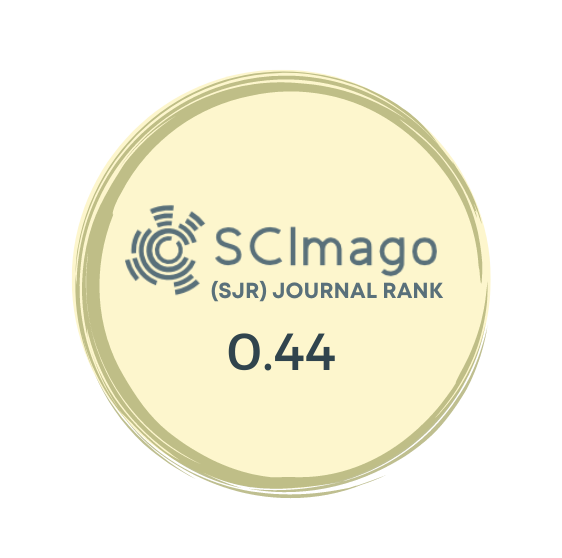Abstract
Objective
The aim of this study was to determine whether the hip reconstruction has an effect on gross motor function classification system (GMFCS) levels in patients with hip instability in cerebral palsy (CP).
Methods
A total of 45 hips of 30 patients (mean age: 8.7 (4–17) years) with CP operated due to hip instability with a minimum of 2 years of follow-up were included into the study. Migration index was used for classification of the severity of hip instability. Clinical evaluation included sitting and walking ability, existence of pressure sores, difficulty in perineal care, and hip pain. The functional gains from the surgery were evaluated with changes in GMFCS levels. Wilcoxon T test, chi-square test and Spearman correlation test were used.
Results
Mean follow-up time was 57 (24–132) months. The distribution of preoperative GMFCS was level I in 1 patient, level II in 4 patients, level III in 5 patients, level IV in 9 patients and level V in 11 patients. The complaints resolved in 25 patients, and persisted in 5 postoperatively. There was no correlation between the changes in GMFCS levels and the postoperative complaints (p = 0.504). The GMFCS levels did not change in 20 patients, improved in 8, and worsened in 2. There were no significant differences between the preoperative and postoperative GMFCS levels (p = 0.052). Positive correlations were found between the preoperative GMFCS-MI, the type of CP-MI respectively (p = 0.001, p = 0.015).
Conclusion
There was an improvement in preoperative complaints. GMFCS levels remained stable after surgery. Relief in symptoms was not consistent with the changes in GMFCS in children with cerebral palsy after hip reconstruction.
Level of evidence
Level IV, Therapeutic study.
ER -
Keywords
- Cerebral palsy
- Hip reconstruction
- Gross motor function
- Classification system



.png)

.png)
